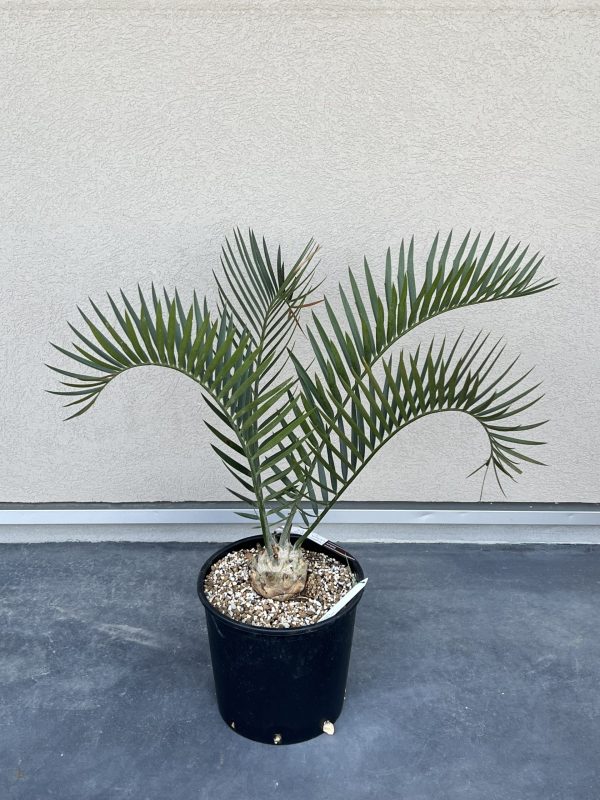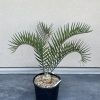Whatapp:
+278.3675.0634
Work Hours
Monday to Friday: 7AM - 7PM
Weekend: 10AM - 5PM




$35.00 – $110.00
Encephalartos longifolius, commonly known as Thunberg’s cycad, breadpalm, or broodboom, is a low-growing, palm-like cycad.
Encephalartos longifolius is a striking, ancient plant species belonging to the cycad family (Zamiaceae). Native to South Africa, particularly in the Eastern and Western Cape provinces, it’s admired for its elegant, arching leaves and dramatic appearance. Here’s a detailed overview:
This cycad is a slow-growing, long-lived species that can develop a tall, single or multi-stemmed trunk reaching up to 4 meters. The name “longifolius” refers to its long, graceful leaves.(Encephalartos Longifolius)
Leaves and Structure:
Due to habitat loss and illegal collection, E. longifolius is protected under CITES Appendix I, meaning trade is heavily restricted. Conservation efforts focus on habitat protection and cultivation in botanical gardens and nurseries.
Encephalartos longifolius is part of a lineage over 280 million years old—older than dinosaurs. Owning or cultivating one is like keeping a piece of ancient Earth in your garden.
| Sizes | Small, Medium, Large |
|---|
Reviews
There are no reviews yet.